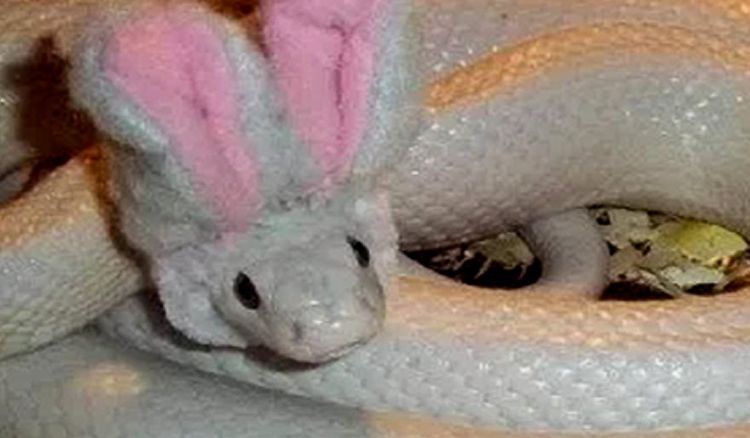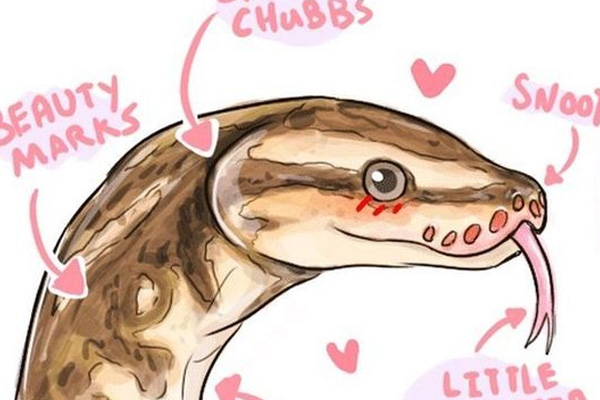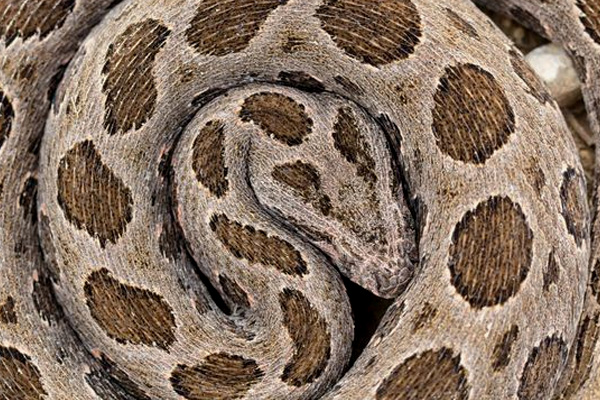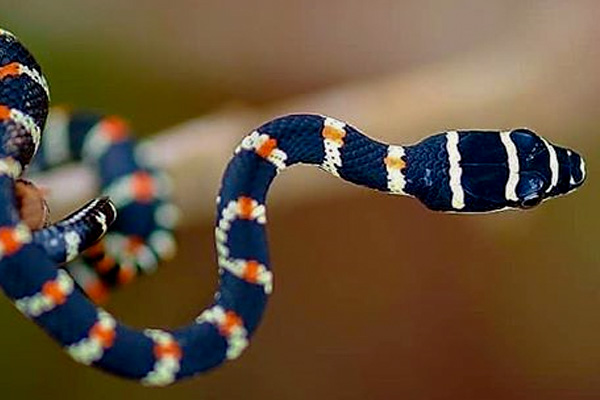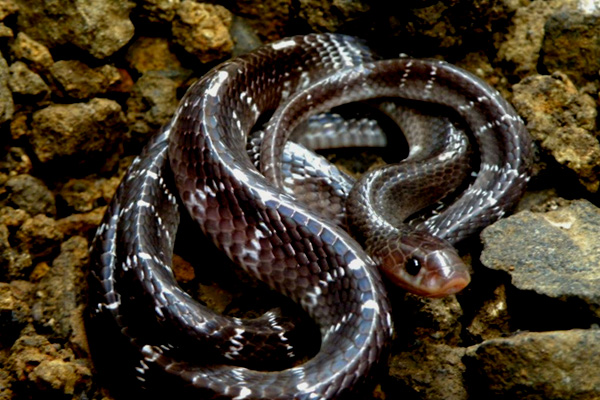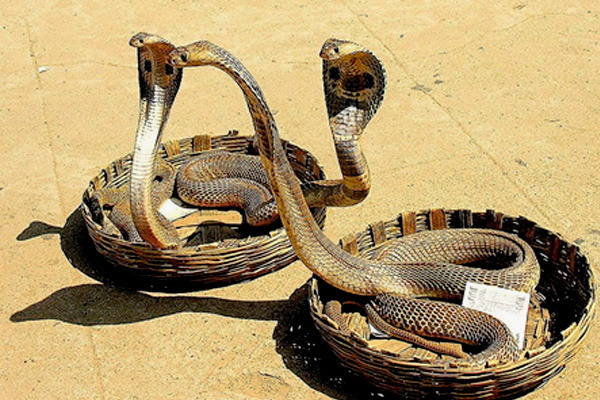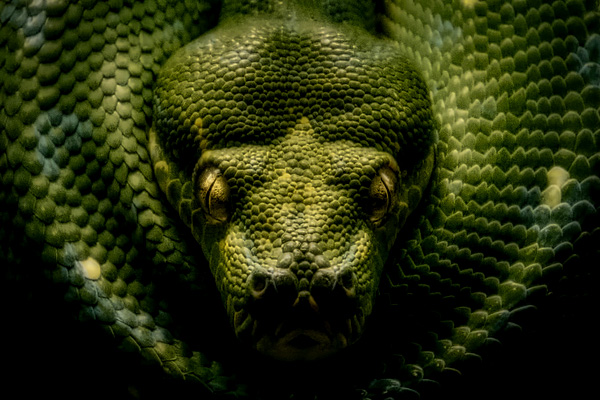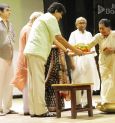The anfractuous muscles and sharp fangs of snakes have captured the attention of our societies for centuries! Celebrated by wildlife enthusiasts all over the world, World Snake Day is a dubious holiday with unclear origins. But if you take human's age-old fascination with these alluring but misunderstood beings, just a day to celebrate them is not fair. Do you know the earliest known carved ‘painting’ of a snake was made nearly 12,000 years ago? In religion and mythology from the Bible to the Mahabharata, snakes have played a major role.
An important mission of World Snake Day on 16th of July every year is to create awareness about the conservation of at times dangerous but mostly misrepresented reptile. Did you know only about one-fourth of all the snakes in the world are venomous, and all of them would very much avoid any contact with us if they could? Most of the snake bites ‘accident’ happens when we mistakenly step on or disturb the peaceful creatures!
On World Snake Day, we are trying to make people look past their fears and illusions about snakes, and help snakes gain the recognition as the marvellous and adaptable apex species that it is! India, being the land of snake-charmers, is home to only four venomous snake species,still we have many superstitions and myths about them. The initial reaction on finding a snake for most people is fear or the need to kill it for safety!
Let’s take a look at the snakes living in West Bengal and how to deal with them if you see one!
1.Chandrobora (Russell’s viper / Daboia russelii )
Russell's viper is a nocturnal species which chooses the night for foraging and other activities, and only comes out at day for basking. They mostly prey on rodents and at times on birds, lizards, frogs. Chandrobora received its Bengali name because of the ‘moon’ patterns all over its body. Even though getting bit by Chandrobora is rare because they are lazy lurkers, if you do get bit take medical action within 20 minutes.
2.Kaalnagini (Ornate flying snake / Chrysopelea ornate)
The Ornate flying snake mostly glides through trees looking for bird’s eggs to eat. Kaalnaghini is a very nervous snake which avoids frogs and will flee at the sight of humans. The only way you will get bit by one if you are sitting on top of a palm tree trying to steal the eggs it has hoarded. Did you that its venom is a neurotoxin which is not harmful to a human? Maybe that’s why Lakhindar (Behula’s husband) came back to ‘life’? Just some food for your thoughts!
3.Kalach (Indian krait / Bungarus caeruleus )
A notorious member of the ‘big four’ species that inflicts most of the snakebites on humans in India, the Indian Krait is mostly a cannibal. It’s very sluggish during the day, hiding beneath loose soil or debris. Kalach is nocturnal who likes to roam around hissing loudly and biting everything that annoys it. Even if it's bite feels like a mosquito bite, we suggest you walk away whenever you hear that loud hissing sound as its venom will not only kill you but torture you for up to 4 to 5 hours.
4.Gokhro ( Indian Cobra / Spectacled Cobra)
Another member of the ‘big four’, the Indian Cobra is native to the Indian subcontinent and has a special place in Indian culture and mythology. It is now protected under the Indian Wildlife Protection Act (1972). Did you know the Sanskrit word ‘nāgá’ means ‘cobra’?
The Gokhro snake loves to live in the paddy fields and feast on small rodents and only the female Gokhros are jerks who bite for fun. Even thou cobras are worshipped in India, famous ones being Vasuki and Adishesha, the venom of young cobras are still used as substance abuse in India.
While waiting for medical help after being bitten by a snake: Make the person lie down with the wound below the heart. Keep the person calm, remaining as still as possible to keep the venom from spreading. Cover the wound with a loose, sterile bandage. Remove shoes if the leg or foot was bitten. Do not cut out the bite wound or attempt to suck out the venom.
Remember that every bite is not life-threatening. The extent of the damage caused by the bite is decided by the age and health of the victim. Often the wound just needs to be cleaned by professionals.
Snakes play an important role in our ecosystem by controlling rodents and pests. Hunting them for entertainment and substance abuse is leading these beautiful species towards extinction. You can always admire them from a distance, trust us their ethereal and hypnotic beauty will definitely make you think about life in a deeper way.
 বাংলায় পড়ুন
বাংলায় পড়ুন


